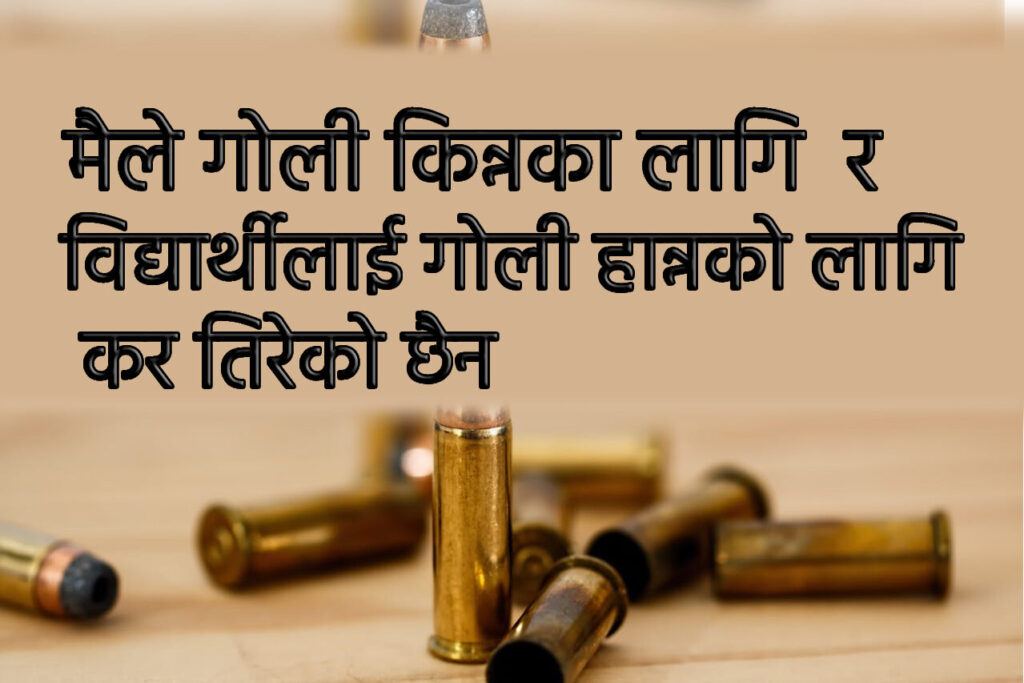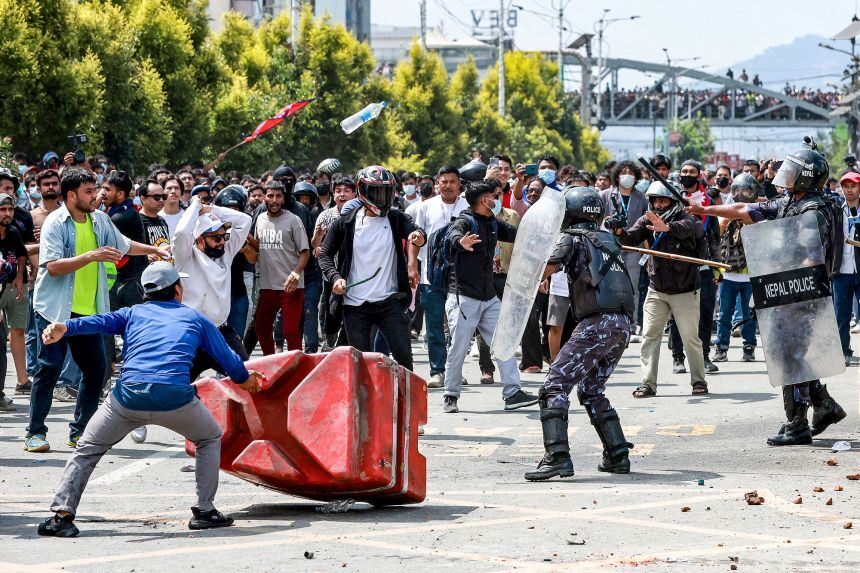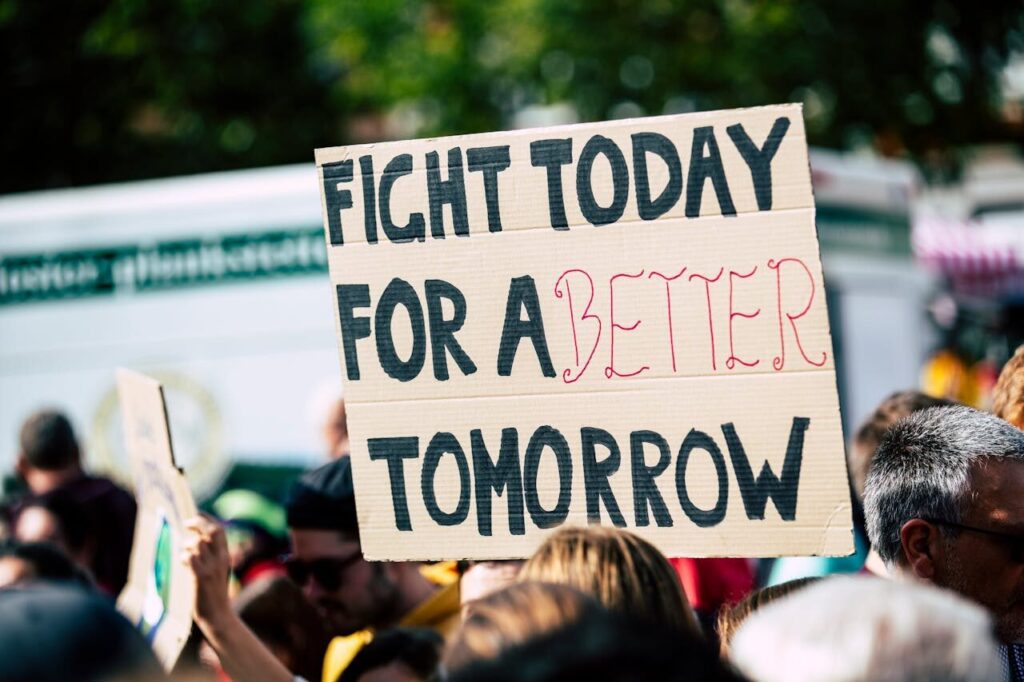In Nepal, a small spark of dissent has exploded into a nationwide crisis, driven by the Nepal Gen Z protests. On September 8, 2025, young Nepalis took to the streets of Kathmandu, fueled by outrage over a sweeping social media ban and deep-rooted corruption in Nepal. What began as a localized demonstration against government overreach quickly escalated into a global movement, forcing the resignation of Prime Minister KP Sharma Oli and exposing the stark inequality perpetuated by the political elite.

The Nepal Gen Z protests started when the Oli government banned 26 social media platforms, including Facebook, YouTube, and Instagram, on September 4, citing non-compliance with registration rules. But the youth saw this as a blatant attempt to silence their voices, especially after a viral “Nepo Kid” campaign highlighted the lavish lifestyles of politicians’ families—think multimillion-dollar hotels and international investments—while ordinary Nepalis struggle economically.
On September 8, thousands gathered near Kathmandu’s parliament, chanting against corruption in Nepal and demanding accountability. The response was brutal: security forces, including the Nepali Army and police, deployed tear gas, water cannons, and live ammunition, killing at least 19 protesters, with some reports suggesting up to 24 deaths. This bloodshed turned the Nepal Gen Z protests into a symbol of a broader youth uprising, as public anger spilled over into chaos.
Nepal Gen Z Protests Against Corruption

Adding fuel to the fire, authorities issued bizarre “noise control” laws—banning early-morning motorcycle use, loud music, even late-night pressure cooker use—widely seen as an attack on basic freedoms. Determined to be heard, young Nepalis used VPNs and encrypted apps to bypass the social media ban, spreading news of the crackdown globally. Internet traffic surged, overwhelming servers, yet power stayed on, hinting at silent defiance from utility workers.
By September 9, the Nepal Gen Z protests had evolved into a national revolt. Leaked reports revealed plans for total internet and power shutdowns, but officials refused to comply. The Nepali Army, ordered to protect politicians, instead vowed not to harm citizens, a pivotal moment in the youth uprising. Crowds of all ages stormed politicians’ homes, torching properties and dragging leaders into the streets. Key sites like parliament and the Supreme Court were set ablaze, and Oli’s resignation came swiftly as he fled, his diplomatic passport later revoked by foreign governments.
The Nepal Gen Z protests resonated worldwide, with diaspora communities in the US, Canada, and Australia rallying against corruption in Nepal. Human rights groups condemned the violence, amplifying calls for justice. The social media ban was lifted late on September 8, but the youth uprising had already shifted Nepal’s political landscape, proving that no censorship can mute a generation’s demand for change.
The KP Sharma Oli resignation marks a victory for accountability, but the scars of burned buildings and lost lives linger. The Nepal Gen Z protests show that when corruption in Nepal meets a connected, fearless youth, the world listens.

Read More Articles:
- 🔗 Top NGOs in the World
- 🔗 Reasons People Don’t Donate
- 🔗 How to Choose a Campaign
- 🔗 Why Donate Online?
- 🔗 Top 10 Foundations in the World
- 🔗 Top 10 Most Charitable Countries
- 🔗 How to Start Fundraising
- 🔗 How to Become Successful in Fundraising
- 🔗 How to Fundraise Without Social Media
- 🔗 The Global Medical Debt Crisis
- 🔗 Importance of Donors in Healthcare
- 🔗 How to Get Help Paying for Emergency Surgery
- 🔗 How to Make Your Fundraiser Go Viral
- 🔗 How to Save a Life During a Medical Emergency
- 🔗 How to Ask for Donations Online
- 🔗 Financial Help for Hospital Bills
- 🔗 Wireless Security Cameras Risks
- 🔗 Facebook Hacking: What You Need to Know
- 🔗 How to Tackle with Suicidal Thoughts
